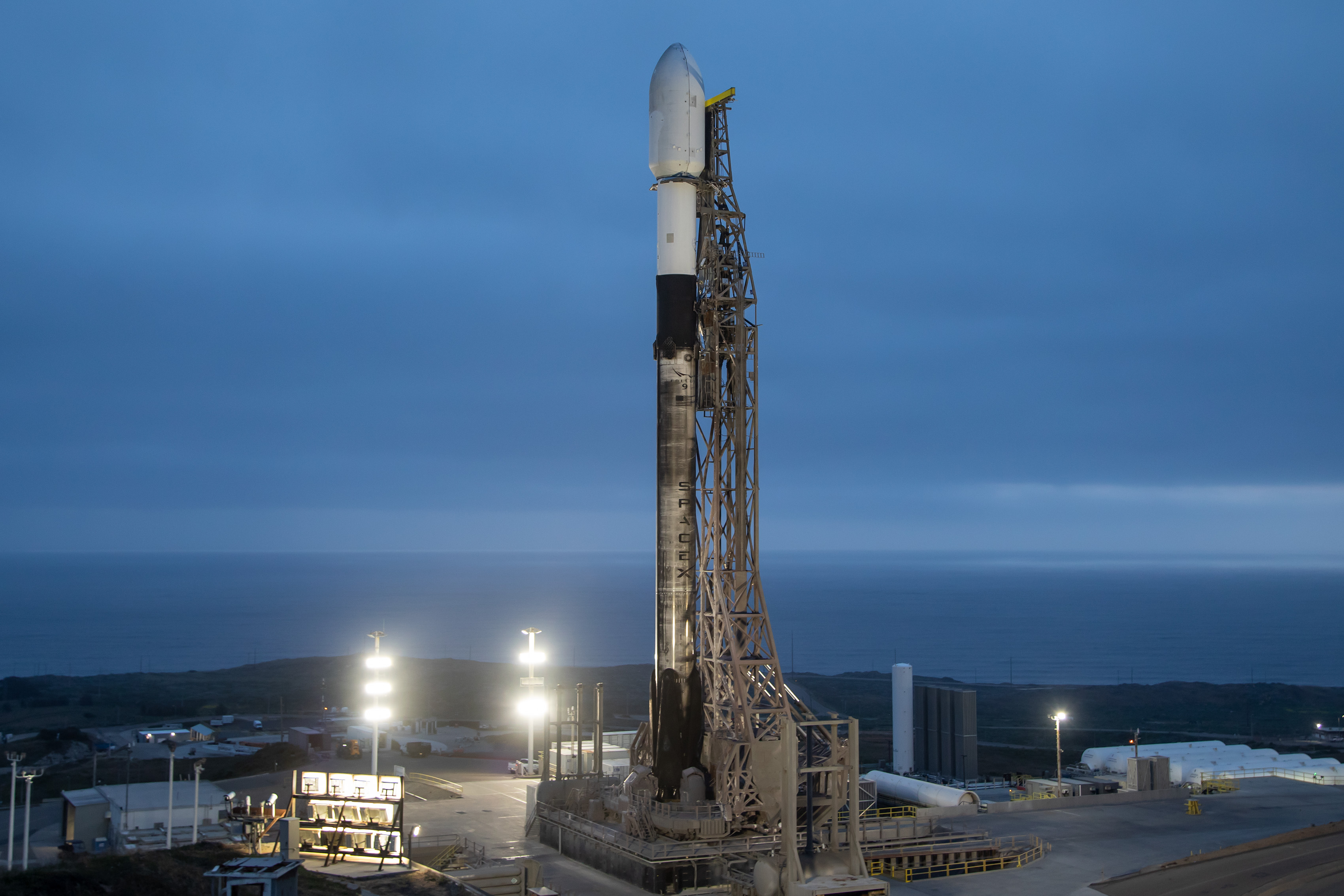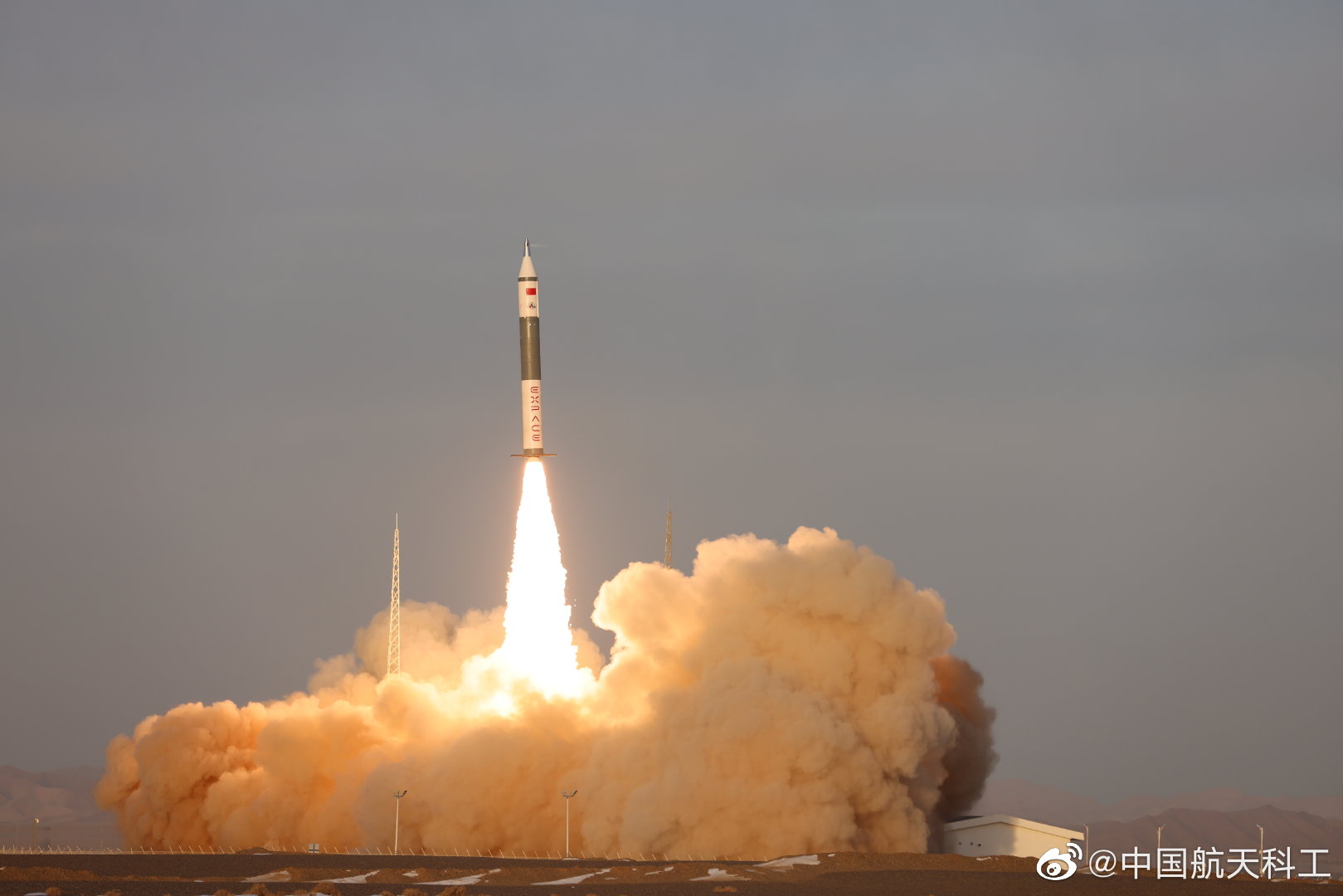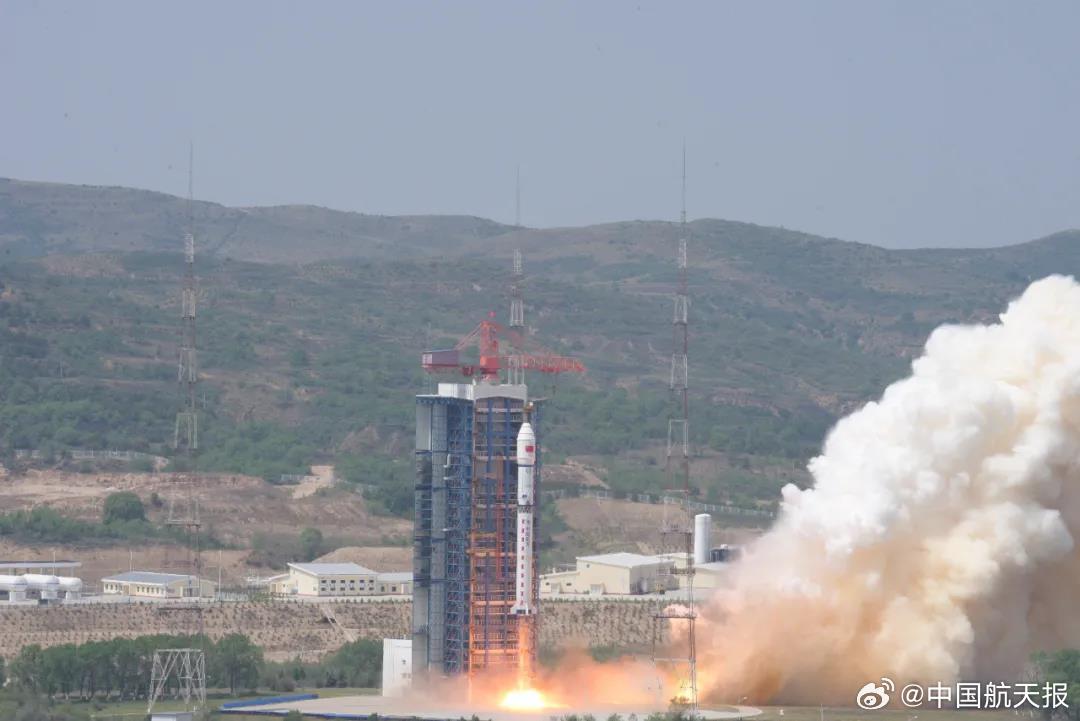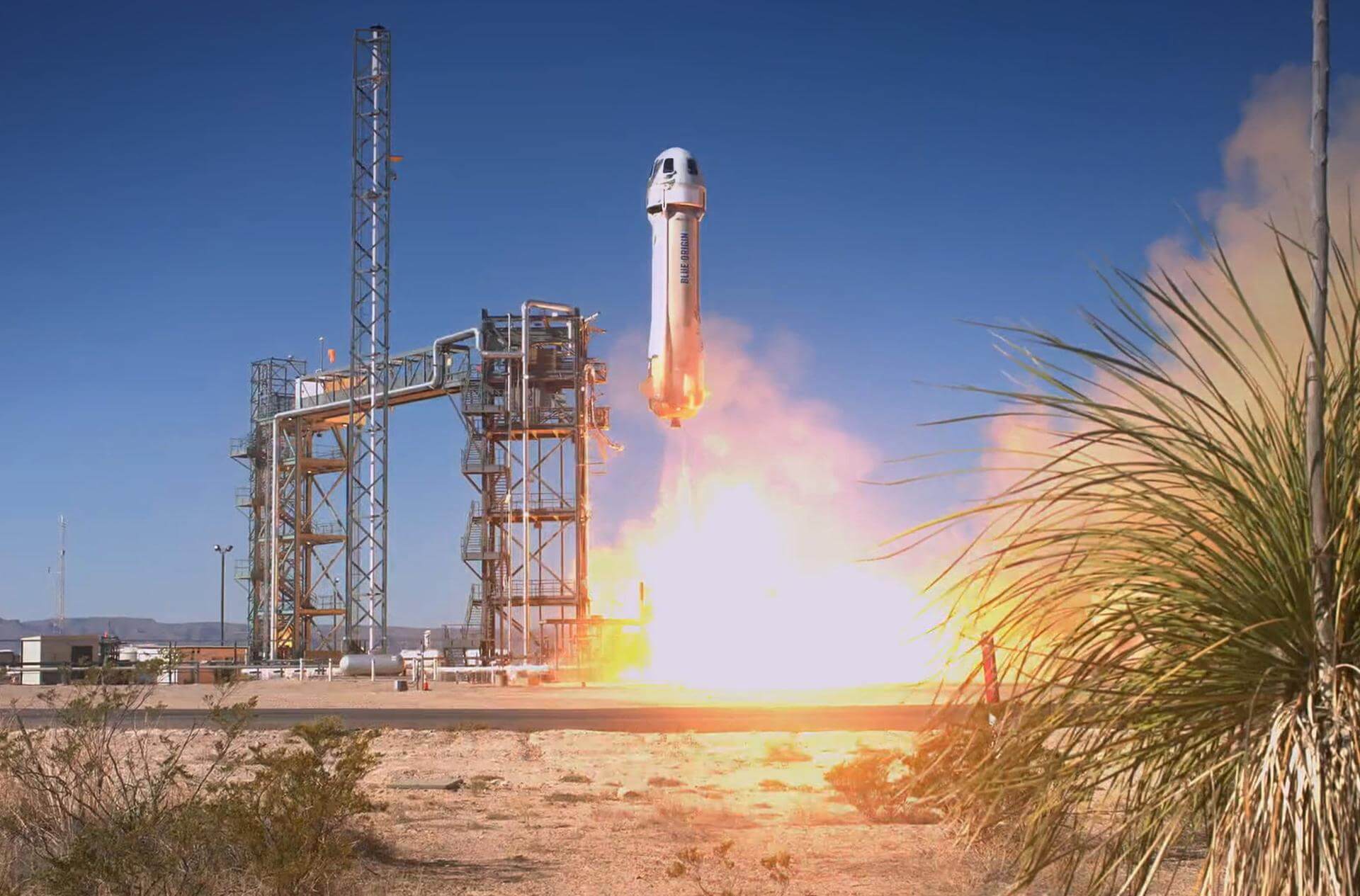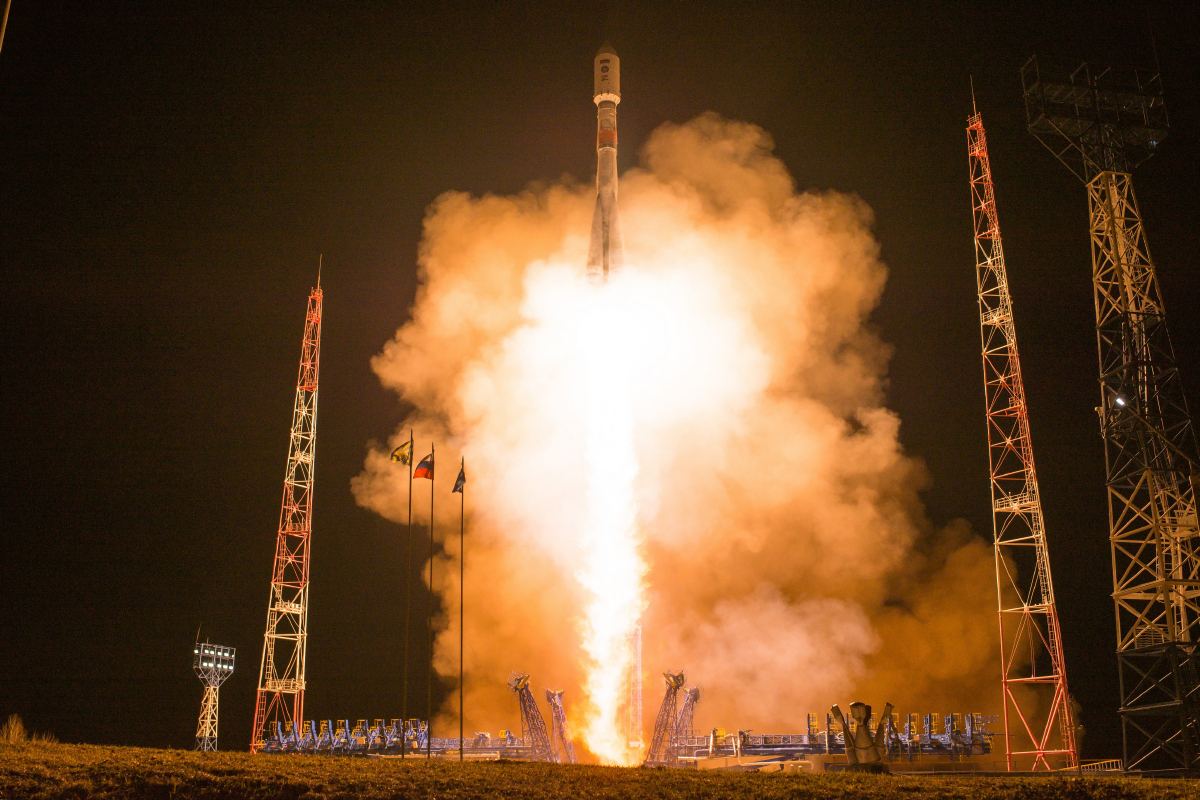Previous Spaceflight Launches
Filter by Agency, Locations or Vehicles
Show All LaunchesFalcon 9 Block 5 | Starlink Group 6-63
SpaceX | United States of AmericaKennedy Space Center, FL, USA
May 24, 2024, 2:45 a.m.
Falcon 9 Block 5 | Starlink Group 6-62
SpaceX | United States of AmericaCape Canaveral SFS, FL, USA
May 23, 2024, 2:35 a.m.
Falcon 9 Block 5 | NROL-146
SpaceX | United States of AmericaVandenberg SFB, CA, USA
May 22, 2024, 8 a.m.
Status: Launch Successful
Mission:
First batch of satellites for a reconnaissance satellite constellation built by SpaceX and Northrop Grumman for the National Reconnaissance Office to provide imaging and other reconnaissance capabilities.
Low Earth Orbit B1071 - Flight Proven ( ) Of Course I Still Love YouKuaizhou 11 | Wuhan-1 and others
ExPace | ChinaJiuquan Satellite Launch Center, People's Republic of China
May 21, 2024, 4:15 a.m.
Long March 2D | Beijing 3C
China Aerospace Science and Technology Corporation | ChinaTaiyuan Satellite Launch Center, People's Republic of China
May 20, 2024, 3:06 a.m.
New Shepard | NS-25
Blue Origin | United States of AmericaCorn Ranch, Van Horn, TX, USA
May 19, 2024, 2:35 p.m.
Falcon 9 Block 5 | Starlink Group 6-59
SpaceX | United States of AmericaCape Canaveral SFS, FL, USA
May 18, 2024, 12:32 a.m.
Soyuz 2.1b/Fregat-M | Kosmos 2576
Progress Rocket Space Center | RussiaPlesetsk Cosmodrome, Russian Federation
May 16, 2024, 9:21 p.m.
Falcon 9 Block 5 | Starlink Group 8-7
SpaceX | United States of AmericaVandenberg SFB, CA, USA
May 14, 2024, 6:39 p.m.
Falcon 9 Block 5 | Starlink Group 6-58
SpaceX | United States of AmericaCape Canaveral SFS, FL, USA
May 13, 2024, 12:53 a.m.

